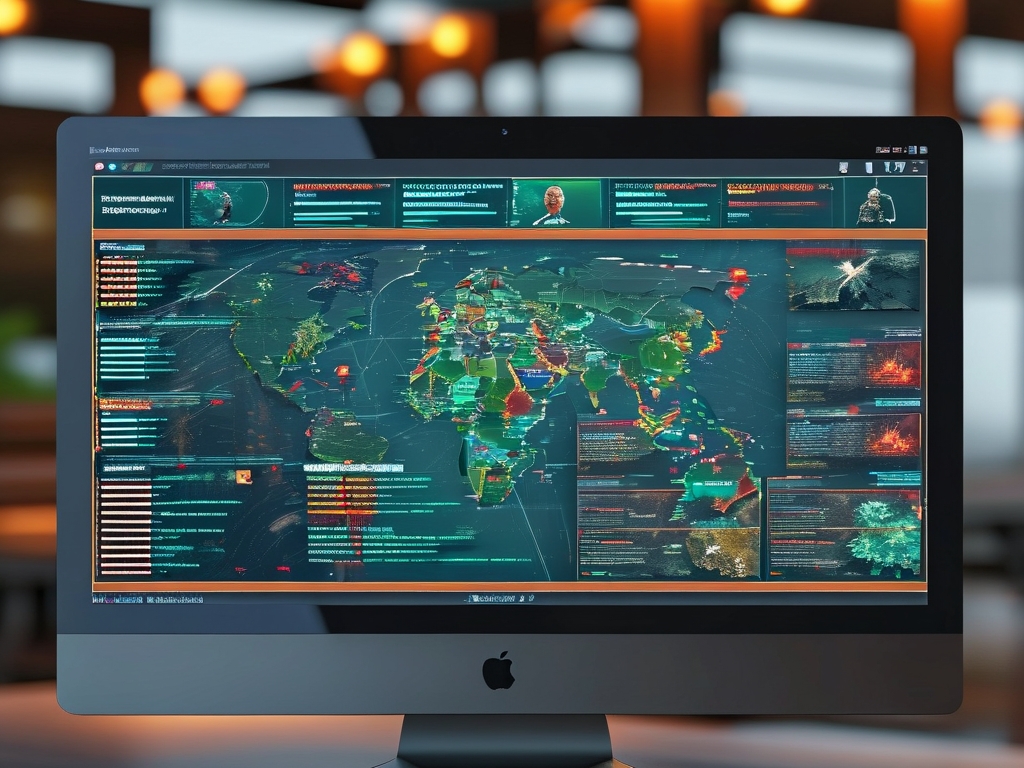In modern military operations, the efficiency and accuracy of combat deployment planning can mean the difference between success and failure. Traditional methods of creating combat deployment maps—often manual, time-consuming, and prone to human error—are increasingly being replaced by automated design systems. These systems leverage artificial intelligence (AI), geographic information systems (GIS), and real-time data analytics to generate dynamic, adaptable, and highly precise deployment strategies. This article explores the technological advancements driving this shift, its implications for military operations, and the challenges that lie ahead.
The Need for Automation in Combat Deployment
Combat deployment maps are critical tools for coordinating troop movements, resource allocation, and tactical responses. Historically, these maps were drafted by teams of analysts who manually integrated intelligence reports, terrain data, and logistical constraints. This process could take days or even weeks, leaving room for outdated information or miscalculations. In fast-paced conflict scenarios, such delays are unacceptable. Automation addresses these issues by enabling real-time updates, predictive modeling, and scenario simulations. For instance, AI algorithms can process satellite imagery, weather patterns, and enemy activity reports within minutes, producing deployment plans that account for evolving conditions.

Core Technologies Powering Automated Design
-
Artificial Intelligence and Machine Learning:
AI models trained on historical combat data can identify patterns and predict enemy behavior. Machine learning algorithms optimize resource distribution, such as positioning supply lines or artillery units based on terrain accessibility and threat levels. For example, reinforcement learning techniques enable systems to iteratively improve deployment strategies by simulating thousands of battle scenarios. -
Geographic Information Systems (GIS):
Advanced GIS platforms integrate 3D terrain mapping, urban infrastructure data, and environmental factors (e.g., vegetation, water sources) to assess tactical advantages. Automated systems use this data to recommend optimal routes, defensive positions, and ambush points. During the 2020 Nagorno-Karabakh conflict, GIS-driven tools were pivotal in guiding drone strikes and troop movements across mountainous regions. -
Real-Time Data Fusion:
Modern deployment systems aggregate inputs from drones, sensors, and human intelligence into a unified dashboard. For example, the U.S. Department of Defense’s Project Maven uses AI to analyze live drone footage, instantly flagging high-risk zones or unexpected enemy concentrations. This capability reduces the "sensor-to-shooter" timeline, enabling faster decision-making.
Case Studies: Automation in Action
-
NATO’s Adaptive Planning Initiative:
NATO has integrated automated deployment tools into its command structures. During a 2022 joint exercise, an AI system generated multiple contingency plans for a simulated amphibious assault, accounting for variables like tidal changes and anti-ship missile threats. Commanders praised the system’s ability to highlight vulnerabilities in traditional plans. -
Israeli Defense Forces (IDF):
The IDF employs an AI platform called Fire Weaver to coordinate artillery and aerial strikes. By automating target prioritization and fire coordination, the system reduced collateral damage by 30% in recent operations while improving strike accuracy.
Ethical and Technical Challenges
Despite its benefits, automation raises concerns. Overreliance on AI could lead to complacency in human oversight, as seen in the 2019 Iranian drone incident where a U.S. warship’s automated system misidentified a civilian aircraft as a threat. Additionally, adversarial AI—hacking or spoofing automated systems—poses new risks. Militaries must balance automation with robust cybersecurity measures and ethical guidelines to prevent misuse.
The Future of Automated Combat Design
Emerging technologies like quantum computing and swarm intelligence promise to further revolutionize deployment planning. Quantum algorithms could solve complex logistical problems in seconds, while drone swarms guided by AI might execute synchronized attacks without human intervention. However, international regulations and cross-border collaboration will be essential to ensure these tools are used responsibly.
In , the automation of combat deployment map design represents a paradigm shift in military strategy. By combining AI, real-time data, and advanced analytics, armed forces can achieve unprecedented precision and adaptability. Yet, as technology evolves, so too must the frameworks governing its use—to safeguard both operational efficacy and ethical standards.

